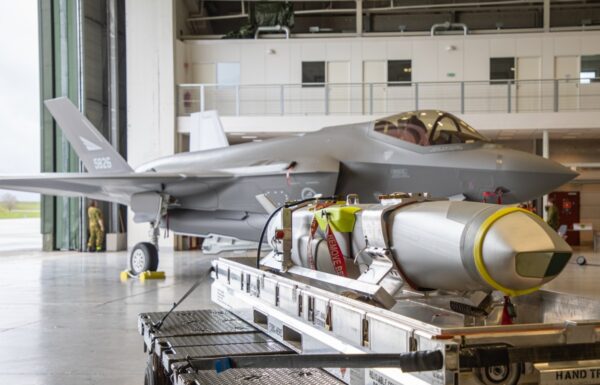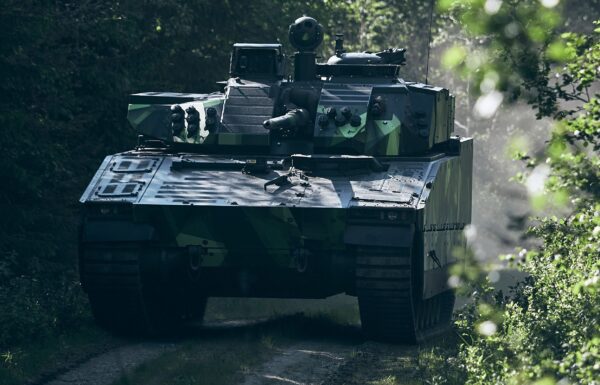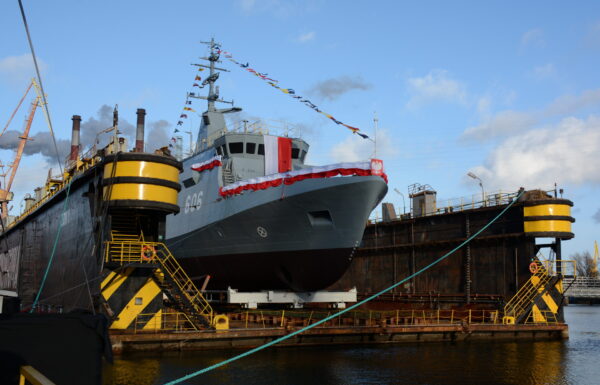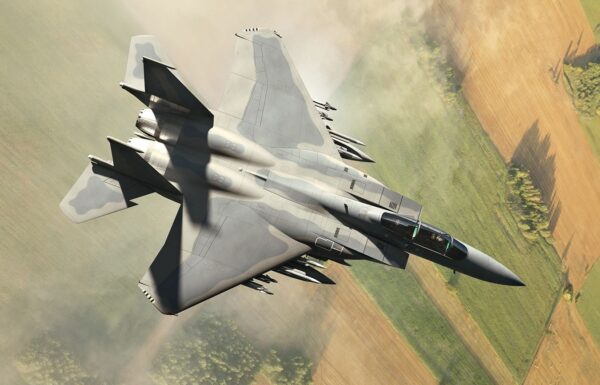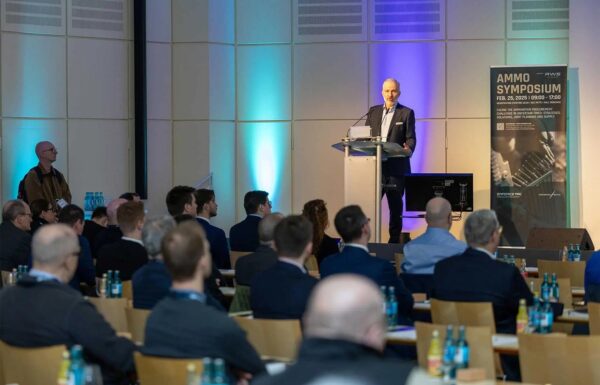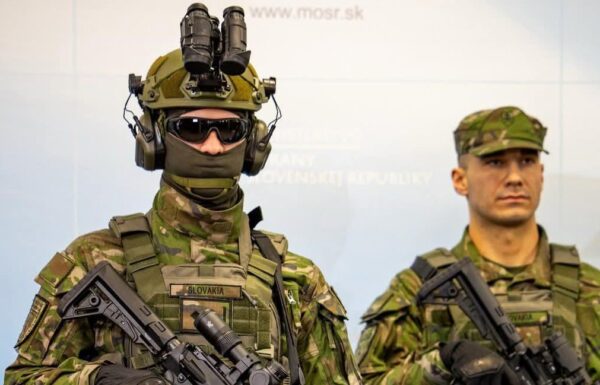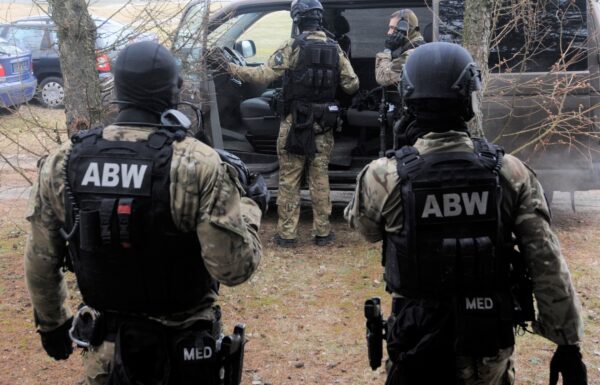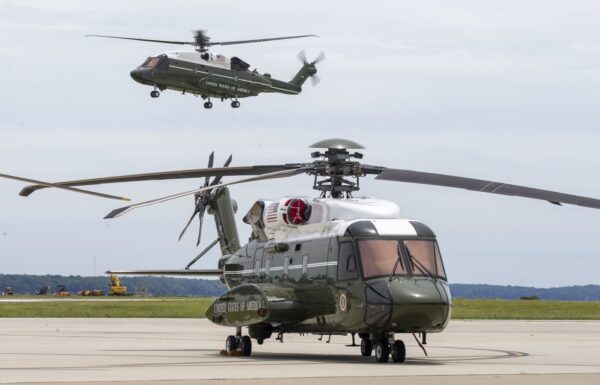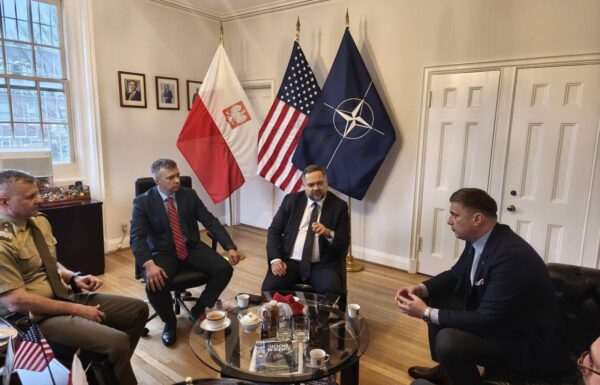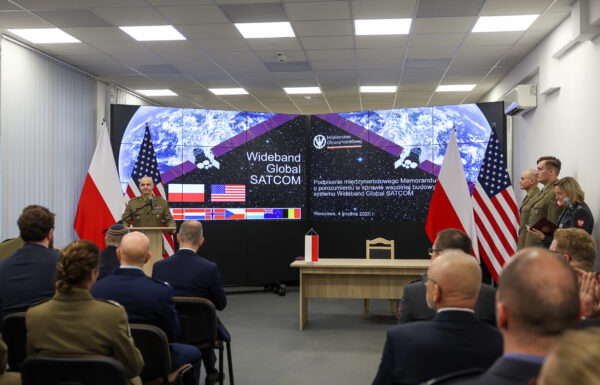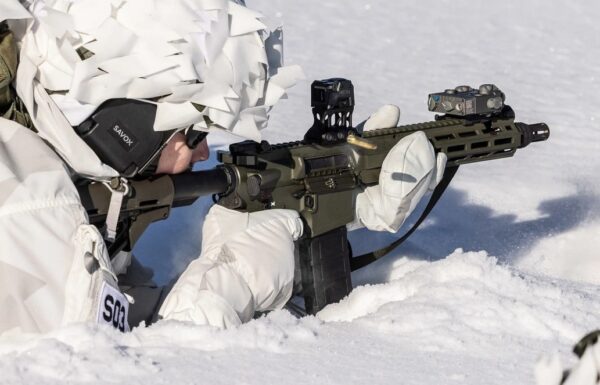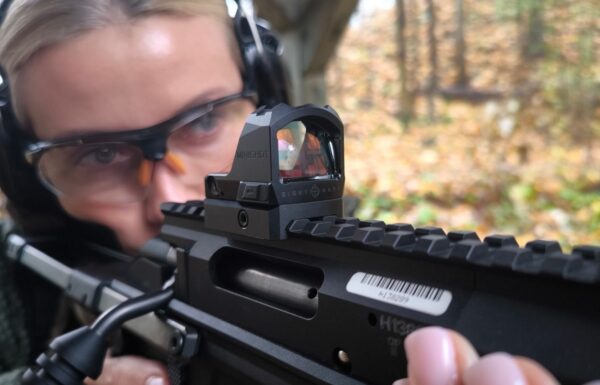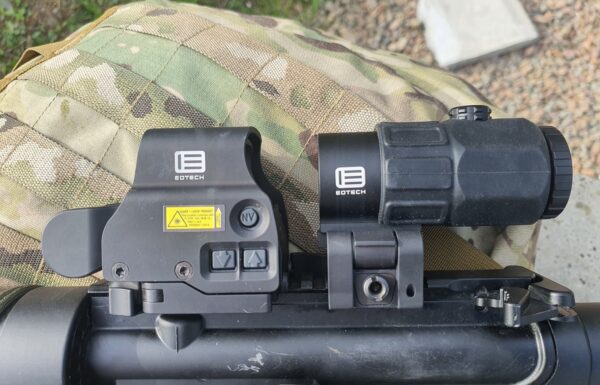The Russians last attacked Kyiv using strategic bombers on September 3, when, around three in the morning, Kh-101 missiles were launched from the Saratov region. This indicates that the Russians are not approaching Ukraine’s borders too closely, fearing their aircraft may be shot down.
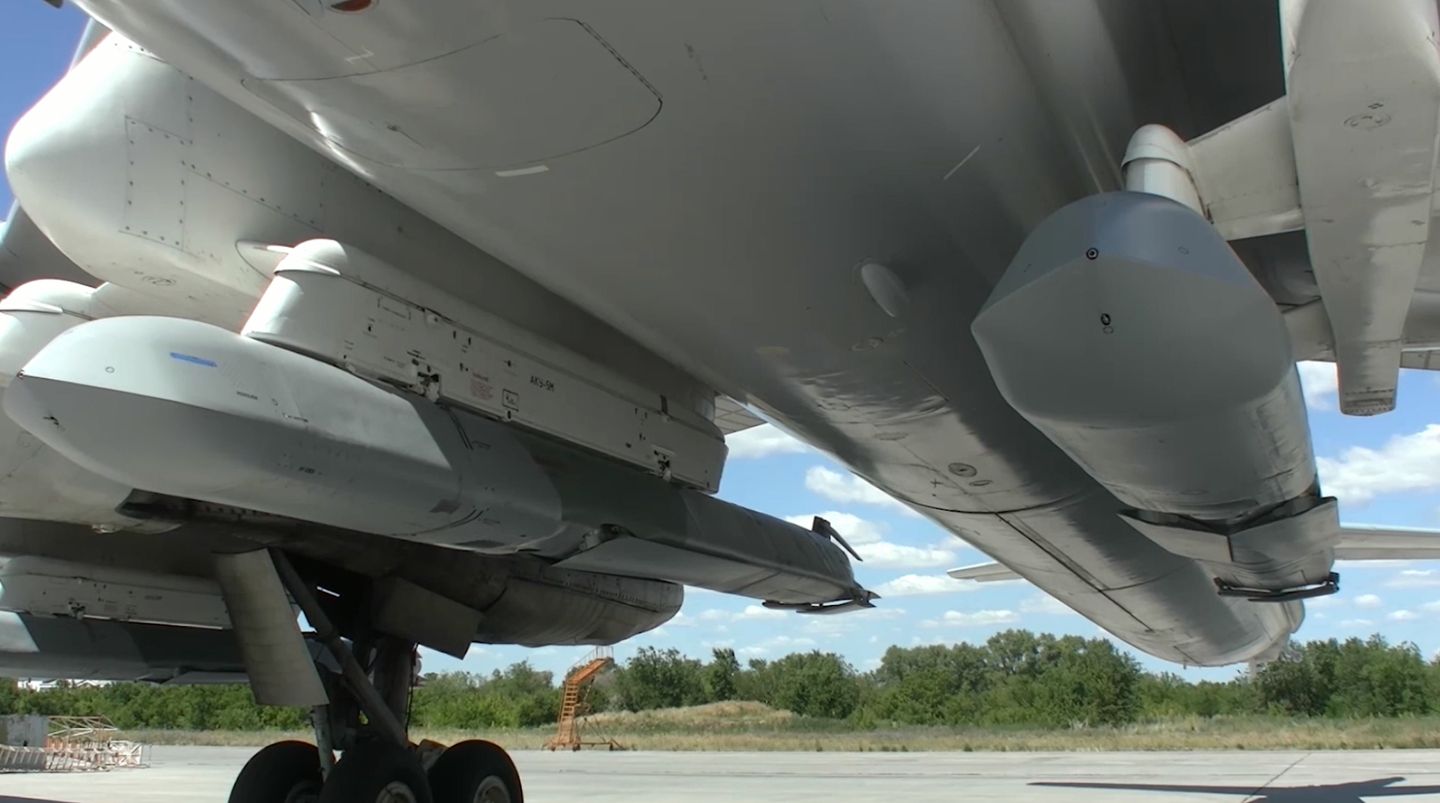 Reference photo of Kh-101 missiles mounted under a Tu-95MS strategic bomber / Photo: Ministry of Defense of the Russian Federation
Reference photo of Kh-101 missiles mounted under a Tu-95MS strategic bomber / Photo: Ministry of Defense of the Russian Federation
Shortly afterward, the Ukrainians again attacked Olenya Air Base near Murmansk. The Russians had to scramble the bombers stationed there to prevent them from being destroyed. Since then, they have not sent heavy aircraft on any combat missions.
It’s clear that the attacks on airfields and the fuel and mining industries are gradually yielding results. Russian forces now have to launch cruise missiles from a greater distance, reducing the number of targets they can strike. Additionally, to attack western Ukraine, their aircraft have to fly deep into the Black Sea.
All these actions are straining the limited capabilities of Russia’s strategic aviation, which is gradually having noticeable effects. However, the question remains whether Ukraine and its allies will have the strength and patience to continue this war of attrition.
Difficult Months
The Ukrainians began launching individual attacks in early December of last year. After just one strike, the Russians withdrew all Tu-22M3s from the Dyagilevo base, including the damaged unit whose tail had been blown off by a missile. At Engels-2, all operational Tu-160s and most Tu-95s were withdrawn. At that time, the aircraft were moved approximately 200-250 km further from the front line. It became apparent that the focus should shift to destroying the carriers rather than the missiles themselves, as the missiles would be replenished, while strategic bombers are virtually priceless.
When, in June of this year, the Ukrainians launched a broader offensive against Russian bases, the Russians went into panic. Any damage to or destruction of an aircraft is a significant loss for Russia. The Tu-22M3 and Tu-95MS strategic bombers, used to attack Ukrainian cities, are no longer in production. There isn’t even the option to bring them out of storage.
After the increase in attack intensity, the Russians withdrew even further. Some strategic bombers were relocated to Olenya Air Base in the Murmansk region, over 2,000 km from the front line. However, even there, they are not entirely safe (a Tu-22M3 was shot down after an attack in Ukraine).
In an attack carried out at the end of July, the Ukrainians reportedly damaged a Tu-22M3 strategic bomber at Olenya Air Base. For the Russians, withdrawing further from the battlefield will pose logistical challenges. Aircraft will still need to land at frontline bases to refuel or load armaments. This will require them to cover more distance, burn more jet fuel, and wear out their operational life faster.
This once again highlights the weakness of Russian air defenses, which struggle to intercept Western missiles and even drones built on ultralight aircraft platforms. The Russians are fortunate that the Ukrainians have not yet received the 400 km-range version of the Storm Shadow missile. If they did, Russia would have to withdraw its aviation closer to Moscow.
Resumption of the Offensive?
A year ago, it could be expected that the Russians would launch attacks with 50-60 missiles every two to three weeks, limiting the scale of strikes between waves. This was linked to the missile production cycle, primarily of the Kh-101 cruise missile family, which, along with Iranian drones, serves as the main means of aerial assault.
In 2021, Russian factories produced 56 Kh-101 cruise missiles, while last year that number rose to 460. Currently, after switching to wartime production modes, Russia can produce 40-50 missiles per month, or a maximum of 500 annually. This represents the peak of Russia’s production capacity.
In the last large-scale attack in August, Putin’s forces used 77 Kh-101 missiles, nearly two months’ worth of production. The scale of this effort is evident from the numbers over the following three weeks. The day after the mass attack, on August 27, only five Kh-101 missiles were launched. Then, up until September 3, only a dozen more were launched.
In the past week, Ukrainian intelligence has observed that Russian strategic bombers have resumed intensive training. The Ukrainians counted a total of 15 Tu-95MS, 6 Tu-22M3, and several Tu-160 aircraft participating in training flights. Does this mean that the Russians are preparing to resume their offensive? Since the last attacks, factories could have produced around a hundred missiles from the Kh-101 family. Many indicators suggest that in the coming days, the Russians may conduct large-scale attacks against Ukraine’s energy infrastructure.
The heating season has already begun. In previous years, the Russians regularly carried out such terror attacks against civilian targets. Now, they are likely to try again to strike a blow to undermine Ukrainian morale. They did not succeed in previous winters, but now the defenders are considerably more worn out and discouraged by the prolonged conflict. Combined with limited supplies of anti-aircraft missiles from the West, Ukrainians may be facing difficult and cold weeks ahead.


